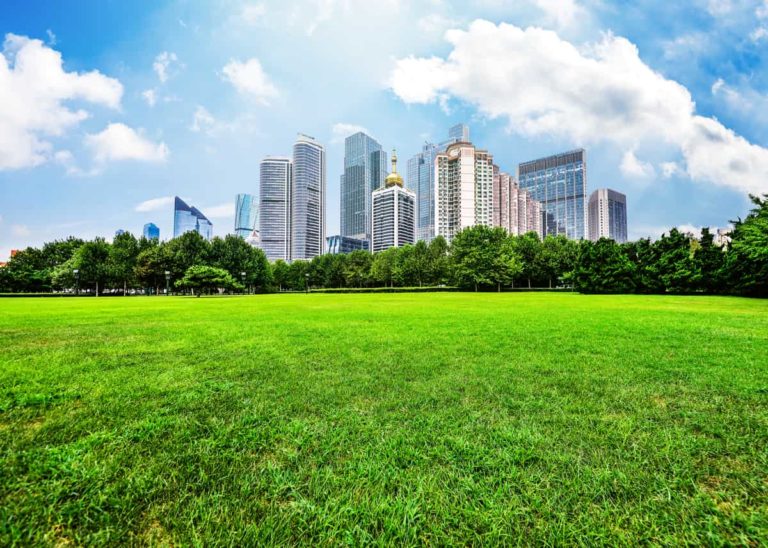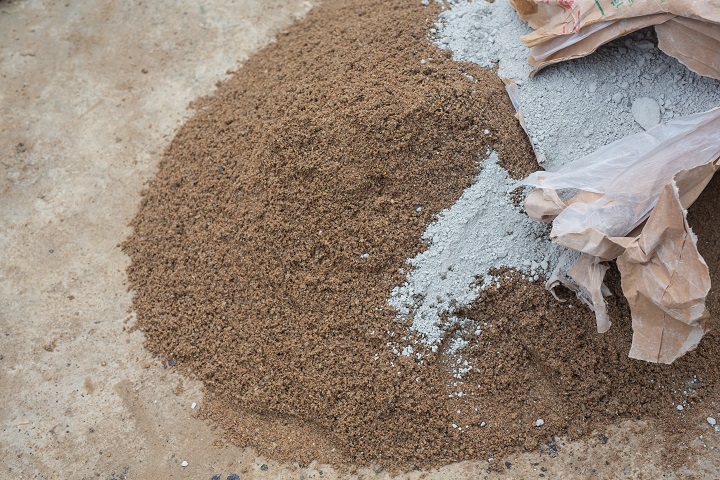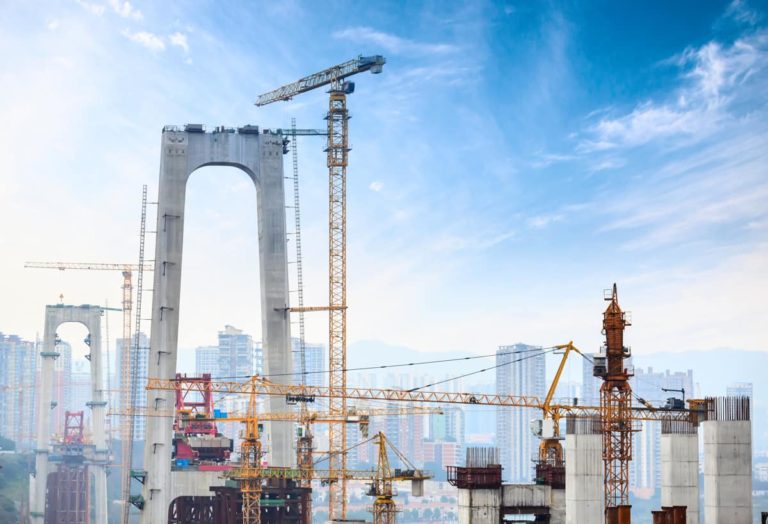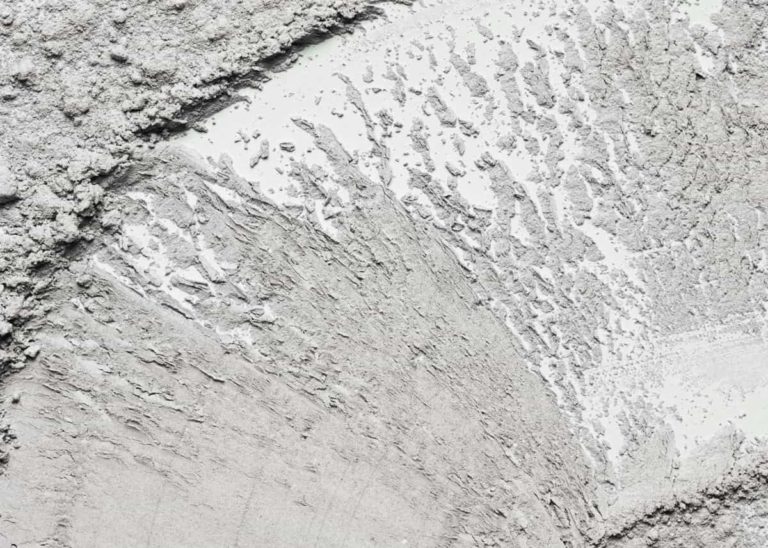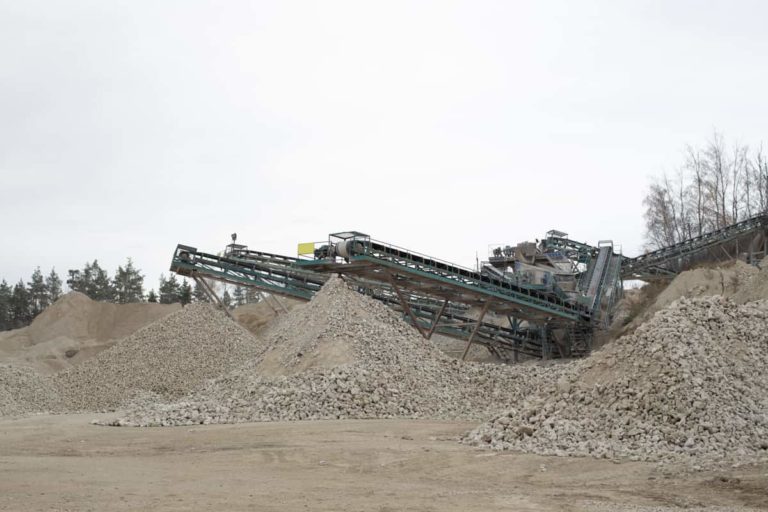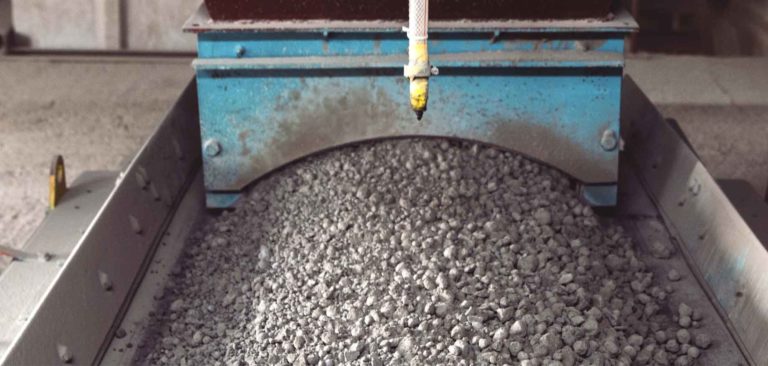How Can I Build My Home Sustainably?
As modern citizens, we have the responsibility to make intelligent decisions that would benefit the whole of humankind. The green movement has taught the world the importance of sustainable choices. As a property owner, you wish to build your home in the best way possible. However, it would be best to consider the consequences you would be making on the environment while doing so. When building a new home, you can incorporate sustainable building methods by planning everything out in detail. It can make your home high-performance while saving you time, money, and stress.
If you build a sustainable home, you are also making contributions to improving the environment. You can also lower the cost of running your home and save energy, water, and maintenance bills. Moreover, sustainable building practices make your home’s living conditions much healthier. You can either build your home from scratch with sustainable choice or modify your current home to make it more suitable for sustainability.
What is a Sustainable Home?
Sustainability refers to avoiding the depletion of natural resources so that an ecological balance can be maintained. So, sustainable home is an efficient one that is built or retrofitted in such a way that it acknowledges resources, optimizes energy and water usage, and negatively impacts the environment. An adverse environmental impact means energy efficiency, preventing ecological toxins, and responsibly using materials and resources while having positive physical and psychological effects on its inhabitants.
The practice of building sustainable homes in Bangladesh is relatively new. Although, all modern 21st-century homes should incorporate sustainable choices. More and more property owners understand the importance of sustainable homes and take measures to integrate these choices into their homes.
There was a time when making environmentally responsible choices resulted in a compromise of comfort, but that is no longer the case. Advancements in technologies and greater interest in green construction drive the marketplace to develop more products for environmentally conscious consumers.
Importance of Sustainable Homes
Before building your home sustainably, understanding the importance of these homes will help you make the best choices. Here is a list of some of the benefits you will enjoy with a sustainable home:
Water and Energy Efficiency
Energy prices are steadily rising in Bangladesh. With a growing population and increasing demand, it is expected to rise even further in the upcoming years. Integrating your house with energy-efficient systems will noticeably reduce your bills. The initial setup costs can be soon earned back through the savings you will be making for years to come.
Less Maintenance
Sustainability choices will ensure your home requires fewer maintenance works. While building a sustainable home, it is made sure that green building materials are used, which are often more durable and require much less maintenance over time. Make no mistake; all homes will need some maintenance work after a significant time. But with sustainable choice, these required works will be suggestively less frequent and less costly.
Healthy Indoor Environment
If you build your home using eco-friendly materials, you will enjoy a living space free from toxins and has no harmful impact on the environment. The inhabitants of the house can enjoy a healthy and wholesome living experience. Common building materials contain toxic substances to some degree. However, not all products have a completely greener alternative, but you can certainly eliminate most of them by choosing greener products. So, sustainable practices make your home a healthier living environment.
Higher Property Value
Property owners value the importance of sustainable homes. It is expected to become more prevalent in the upcoming years. So, incorporating sustainable practices will increase property value. Green homes are now highly sought after, so buyers are willing to spend a lot more on these homes. Investing in an eco-friendly home will help you step into the future.
Safer Environment for the Future Generation
Sustainable homes have a shallow carbon footprint. We should all consider our carbon emissions. By minimizing your impact on the environment, you will be able to ensure a safer environment for the upcoming generation.
Source: NSBRC
How to Build Your Home Sustainably?
Adequate planning is the key to success when building a home sustainably. A sustainable home will require a lot of additional pieces compared to a traditionally made home. The house will have a different design and materials. However, an energy-efficient home does not necessarily need to cost higher than a code-built home. But finding green materials can take a bit longer as they sometimes need to be ordered. So, beginning your research early on and planning what elements to incorporate will help you make the best home decisions.

Firstly, you need to prepare a budget. The more money you can invest, the better the outcome will be. Building a house is already one of the most expensive investments, making it sustainable costs a bit extra. The construction process can quickly become a nightmare if you stray too far from the budget. A skewed investment in only the cores will dry out your budget in the design sector. Similarly, restraining your expenditure on the structural elements and focusing on the aesthetics will leave your home vulnerable. Hence, discuss with an expert to comprehensively organize and plan your new green home before starting the construction.
After finalizing your budget, it is time to start building your new sustainable home. Adhere to the following instructions to make it a modern 21st century compatible eco-friendly home.
Location
Location is the first step in building a sustainable home. Choosing a good location will automatically save a lot of cost and hassle. However, purchasing land in a good location might cost you a lot more.
Sustainability demands burning less fossil fuel whenever possible. So, building a home within walking distance of public transportation will reduce your environmental impact. Not to mention, using public transportation is much more sustainable than riding a personal vehicle.
Try to avoid locations near hazardous sites like factories or flood zones. If there is no alternative, ensure the home is designed to withstand the dangers.
Finally, choose a place where enough sunlight and air can enter the premise of your home.
Size of the House
Not everyone will go down this path, but smaller homes are far more efficient than larger ones. Everyone dreams of having a house with a large carpet area. However, if you can compromise, building a smaller home will require a lot fewer materials and energy to keep it functioning. Hence, think about your demands and try not to go overboard with the size of your house. Furthermore, smaller homes are easier to maintain and produce less waste.
Orientation of the House
Orientation of the house is a crucial factor for sustainable homes. Bangladesh sits right between the tropic of cancer. So, the country does not face any extreme temperature fluctuations. A gentle breeze circulates from the south due to the Bay of Bengal. Hence, any south-facing home will get plenty of fresh air.
Additionally, you would also require an ample amount of sunlight inside the home. However, you do not want too many windows facing west, as this will introduce glare and deliver heat in the summer. But if you need to place windows in the west, you can plant large trees in that direction to block some uncomfortable sunlight.
Another way to deal with this situation is to plant deciduous trees in front of your south-facing windows for more energy saving. Deciduous trees lose their leaves in the winter and gain them back in the spring. So, these trees can block sunlight in the summer but lose their leaves during winter to let the sunlight in. It will help to keep your home cool in the summer and warm in the winter. An alternative to this situation is using sunshades or a roof overhang. The sun is higher in the summer than in the winter. So, a roof overhang will block most of the sun in the summer. Although, in the winter, the sun will be at a lower angle, and the overhang will not stop the sun. These are passive solar design features that can make a big difference in sustainability at low costs.
Source: Conserve Energy Future
The layout of the House
Minimizing the surface area helps to reduce interior heat loss. So, building a house that is spread out will have a lot more heat loss and less efficiency compared to a compact home. As a result, building taller is more efficient than building broader. For instance, a cube or a sphere is an incredibly efficient shape. However, a sustainable house will always have some trade-offs in sustainable house designs. You need to figure out what design element attracts you the most.
If you want to build a 2000 sq ft house, creating a two-storied home with 1000 sq ft per story is more efficient than building one story with 2000 sq ft.
Using Local Materials for a Sustainable House
Using locally available materials eliminates the need for shipping from far away places. It reduces the impact on the environment by removing the burning of fossil fuels due to transportation. Although, all the materials you wish to purchase may not be available locally. In that case, there is no alternative to ship them. But if you can find local stores that fill your requirements, try purchasing materials from them to make your home sustainable.
Using Recycled Materials for Construction
Recycling is the key to sustainability. Depending on your location, the availability of recycled materials will vary a lot. Most materials required for construction can be recycled, reclaimed, and reused. Here is a list of materials made of recycled products you can use in your house:
- Countertops are made from recycled glass.
- Steel is made from recycled metals.
- If you plan to use wood in your house for floors or decorative purposes, you can always take advantage of reclaimed wood. When a contractor demolishes an old house or any other used wood projects, they salvage the good ones and sell them at a lower price. You can use this reclaimed wood to make a sustainable purchase decision.
- Plastic is a highly recycled material. You can purchase recycled plastic products for your household.
You can virtually purchase any product for your home that is recycled in some way. Moreover, you can discuss with your contractor to reduce job site waste by recycling.
Making Your Home Adequately Insulated
Insulation is the most crucial factor when building a sustainable home. A sustainable home aims to reduce energy consumption through various natural and passive methods. A properly insulated house will require a lot less energy to keep it cool during summer or warm during winter.
In order to understand the insulation of a house, we need to know about the R-value. R-value is used to rate the insulation value of a material. Higher the R-value, the more the insulation capability of the corresponding material. You want to ensure that your home has a sufficient R-value for the surrounding climate conditions. There are many ways your home can be fitted to meet the demands for proper insulation. Discuss with your contractor to figure out what suits you best.
Air Sealing Every Room
It is often neglected but an essential aspect of sustainable homes. You do not want your conditioned air to leak through your windows or doors. It will increase your energy consumption and break your promise of sustainability.
Air sealing or draft stopping is an integral part of the insulation. Air can leak through cracks and crevices in your walls or ceilings, ventilation openings, electrical conduit, windows, and doors. Air conditioning consumes a hefty amount of electricity. If cold air leaks through the rooms, your electricity consumption will automatically increase. So, all openings in your house need sufficient sealing through caulking or other methods. Sometimes closed cell spray foam insulation is the best option. It acts as an excellent insulator and expands to seal openings, small holes, and cracks in the construction. If workers are not skilled enough, improper finishes on walls will leave cracks from where cold air can leak. So, hiring a good contractor is also an essential part of making a home sustainable.
A home’s airtightness can be measured with a blower door test. It is an air pressure test that can determine if your rooms are leaking air and at what rate.
Installing High-Performance Windows
High-performance windows play a significant role in the sustainability of a home. Windows account for more than 50% of lost energy. Advanced technologies have given birth to particular types of windows, including double-glazed, special coatings, nonconductive framing materials, and air-tight construction frames.
Installing advanced windows will make your house better at keeping warm air inside during winter. Similarly, it will help keep your interior cooler during summer. Bangladesh has a warmer climate. So, you can install windows with low solar gain, meaning less heat is conducted into your house through the windows. Reflective glasses are also very useful in this regard. Purchase windows that facilitate proper ventilation.
Investing in Energy Efficient Appliances
Electronic appliances in a home consume a lot of energy. Companies are now making more efficient appliances with low energy consumption. You have two options regarding electronic devices: 1) The cost of purchasing and 2) The cost of operating.
When you purchase an energy-efficient appliance, the cost of operation is cut down considerably. Although, the purchasing price of energy-saving appliances is usually more than regular ones. But you can earn back that deficit quickly by saving on your electricity bills. Here is a list of energy-efficient devices you should consider:
- Refrigerators
- Dishwashers
- Air Conditioners
- Electric Stoves
- Microwave Machine
- Washing Machine
- Water Heater
- Clothes Dryer
- Iron
- Television
Sustainable House Materials
You should be avoiding VOCs or Volatile Organic Compounds when choosing house materials. For instance, opt for low VOC paint and glues in the construction of your new home.
Eco-paints emit a lot fewer toxins to reduce indoor air pollution. These paints might cost a bit extra, but the raw materials are sustainably sourced and ensure a healthy home environment.
Installing a Cool Roof
A cool roof reflects most of the sun’s heat instead of absorbing it. It is beneficial in countries like Bangladesh, where it gets scorching during the summer season. A typical roof will absorb heat from the sun’s rays and warm the interiors. Thus, more extended periods of air conditioning will be required to deal with the extra heat. Installing a cool roof prevents such issues. As a result, your bills will be drastically lower.
Installing Renewable Energy Sources
Instead of solely relying on supply electricity, you can install solar panels or small-scale wind turbines in your home to meet up some of the energy demands. Numerous property owners in Bangladesh are opting for solar panels. It saves a lot of money in the long run. You can install solar panels on your home to light up the porch or backyard.
LED Lighting the Entire House
LED lights are exceptionally energy efficient. Almost all sustainable home designs incorporate LED lights. These lights can output increased lumens at a lower energy consumption rate. Furthermore, you can use these bulbs for a long time without worrying about replacing them. However, they are more costly upfront, but the saving on electricity and less frequent changing of bulbs will save you money. LED light is an easy addition to a sustainable home.
The introduction of smart lights has changed how we use everyday appliances. There is no fear of keeping the lights or fan on when you go outside of your home. Intelligent technologies can sense when you are present in the home or not. So, lights and other appliances automatically turn off when no one is inside the premises. It can prevent unnecessary wastage of electricity.
Water Conserving Plumbing Fixtures
Water demand in urban areas is expected to rise in the upcoming years. But our underground water reservoir is depleting. A sustainable home prevents wastage of water at any cost. Traditional toilets and other plumbing fixtures consume a tremendous amount of water. Smart designs have enabled users to select higher or lower flush rates per requirements. These include faucets and shower heads as well. So, inhabitants can control their water consumption by an acceptable margin to reduce unnecessary wastage.
Rainwater Reservoir
Bangladesh experiences heavy rain during the monsoon period. So, why let all that rainwater go to waste? You can install roof gutters and downspouts that direct the water to a reservoir for reuse. It can prevent wastage of water and increase reusability. This water can be used to flush your toilets or water the garden. Rainwater is also safe to drink depending on the surrounding environment with adequate filtration. Modern sustainable homes have some facilities to collect and reuse rainwater.
Usage of Extension Loads Equipment
We all need to charge our phones, laptops, power banks, or other devices. Using multi-socket extension loads is a great option to reduce energy consumption. It can lessen almost 15% of energy consumption more than a regular power strip.
Source: Constellation
Intelligent Planting for Sustainable Home
We often plant vegetation that does not meet up with climatic conditions. These plants might require a lot of water and excessive maintenance. Every decision regarding your house will have an impact on the sustainability you are trying to achieve. A green home does contain random plants. Sustainable homes need to minimize maintenance and use of water.
Adopt smart planting for your house. Plant species native to your area or known to thrive in your climate. Also, make sure these plants can survive with minimal maintenance and watering.
You can also try planting a vegetable garden. Growing your organic food is an outstanding sustainable choice. It can also be a fun hobby. Make sure these vegetables or fruits can quickly grow in your location. You can use kitchen waste as compost and rainwater to water the plants.
Use Natural Cleaning Products
After building your home, consider using natural cleaning products to keep toxins out of the water supply, out of your indoor air, and your skin.
Use Durable Materials
A sustainable home will require minimal maintenance work. So, to build a sustainable home, you must make it last. Durability is a critical factor in the sustainability of your home. The craftsmanship and material choice will play the most crucial role here.
Using good quality cement will help to increase the durability of your home. Some brands manufacture cement from sustainably sourced raw materials. Moreover, using PPC cement is a greener alternative than using OPC as PPC contains fly ash contents. PPC achieves higher final strength compared to OPC and is considered more durable.
A lot of materials might be wasted during the construction of your new home. Cement is one of the most highly used products in construction. So, preventing wastage of cement will undoubtedly increase the sustainability aspect of your home.
Consulting With a Sustainability Expert
Sustainability is a field of fast innovation in the housing sector. New and more advanced technologies are being developed, and integrating these new systems into your home offers a much more sustainable and better living environment. So, it is best to consult with an expert with relevant field experience. An expert can suggest the most acceptable way to integrate all these sophisticated systems into your house to yield the best results.
Summary
Sustainability is a broad subject. The modern world is heading toward a more sustainable future to ensure better living conditions for all of us. Incorporating sustainable aspects in your new home can enhance your living circumstances and increase your property value.
There are numerous ways to make your home sustainable. Integrating every single aspect of your home with sustainable features might not be possible. However, doing your best to incorporate sustainable choices in building your new home will bring out the best results for you, your family, and the world.
Frequently Asked Questions (FAQs)
Is cement a sustainable building material?
Ans: If cement is manufactured sustainably, it is considered a sustainable building material.
Is cement more sustainable than wood?
Ans: No. Wood is more sustainable than cement.
What is the most sustainable way of building a new home?
Ans: Limiting the materials to build and reducing waste is the most sustainable way of building a new home.
Can I make my existing home sustainable?
Ans: Yes. You can modify your current home to make it sustainable.
Is building a sustainable home more expensive?
Ans: Yes. Although the initial cost may be high, you can make up the money through sustainable aspects of your home.


